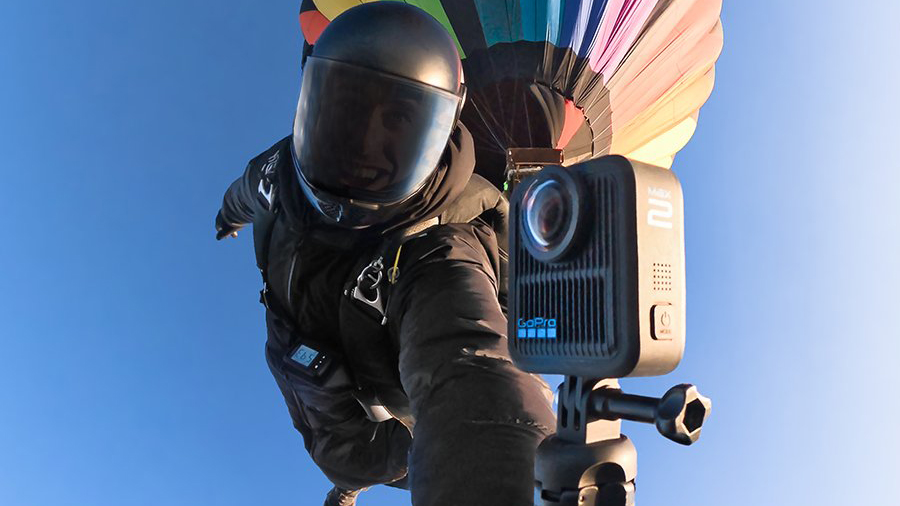Nikon's 4K 1,000fps sensor: "the world's highest levels of sensor performance"
Nikon's super-fast stacked sensor is capable of capturing 4K x 4K video at 1,000 frames per second with crazy dynamic range

UPDATE: Nikon has reached out to us with the following statement on its new 4K, 1,000fps image sensor:
"At the recent International Solid-State Virtual Circuits Conference, Nikon introduced a significant development in stacked CMOS sensor technology. This new sensor designed by Nikon not only offers superior 4K resolution, but it simultaneously achieves a wide dynamic range and high-speed shooting. In combining these features, it represents the world's highest levels of image sensor performance.
This new stacked CMOS image sensor uses a fine-pitch wafer level wire connection technology consistent with the 2.7 um pixel size. Also, it has a total pixel count of approximately 17.8 megapixels that realizes 4K × 4K high-resolution imaging of 1,000 frames per second and 110-dB high dynamic range (HDR) characteristics.
This is one of the widest dynamic ranges in the industry. As an optical instrument manufacturer, Nikon is also engaged in research and development of cutting-edge image sensor technology. These efforts build upon Nikon’s optical technology, precision measurement / manufacturing technology, and material technology."
…
ORIGINAL STORY (18 Feb): Nikon has announced a new 1-inch sensor that's capable of some pretty incredible specs. While it may be small in size, but it definitely makes for this with its features, with an whopping 1,000 frames per second at 4K.
To put this into perspective, the recently announced Sony A1 can only shoot up to 120 frames per second for 4K. Meanwhile, this new Nikon sensor is capable of capturing more than 8x the frames.
The best camera deals, reviews, product advice, and unmissable photography news, direct to your inbox!
• Read more: Best Nikon Z lenses
One of the most interesting aspects about this new 17.84MP 1-inch sensor is the fact that it has a stacked design. Stacked sensors essentially allow for a much faster read-out speeds, even at relatively higher resolutions.
For example, Sony has used a stacked sensor design in its latest flagship camera systems. This design is partly why it has been able to produce high resolution cameras with high frame rates, such as the Sony A1. However, Nikon seems to be taking this to a whole new level.
Being able to shoot up to a 1,000 frames per second will enable users to explore some incredible slow motion options. Not only that, the sensor is even capable of that frame rate when shooting in 4K. This means that videographers will have even more flexibility when it comes to cropping and final output resolutions.
The new 1-inch sensor can even extend its dynamic range to 134db when shooting at 4K 60p. At that frame rate, users will still have the ability to slow down footage, but will also benefit from the extended dynamic range.
As of right now, Nikon has not yet confirmed what kind of camera this sensor is due to be used in. As capable as the sensor may be, issues relating to heat dissipation and managing the data could prevent it from being used in a consumer camera. Nonetheless, it's great to see Nikon producing something that pushes sensor technology forward in such an exciting way.
Read more:
Usman is a commercial and architectural photographer based in West Yorkshire, who has been working professionally for over seven years. He has also spent over four years as a writer for the biggest photography sites in the world, including Staff Writer for Digital Camera World, senior staff writer for FStoppers, and tech writer for Petapixel.
With a particular interest in technology developments, high-resolution imaging and the high-end cameras, Usman has been on the cutting edge of camera news as well as writing features about medium format systems and global shutters, and has reviewed some of the latest Leica cameras as well as a tripod that’s even taller than Andre the Giant!

